When you first get a tarantula as a pet there are quite a few things you need to learn. One of the most important things that new owners should know is what they should feed their tarantulas in order to keep them happy and healthy.
Generally speaking, tarantulas should eat primarily insects, but there are literally over a million different insect species, so knowing which ones to feed and which ones to avoid can be quite difficult.
For that reason, we’ve created this tarantula feeding guide. In it, we’ll discuss the best practices when it comes to feeding your tarantula.
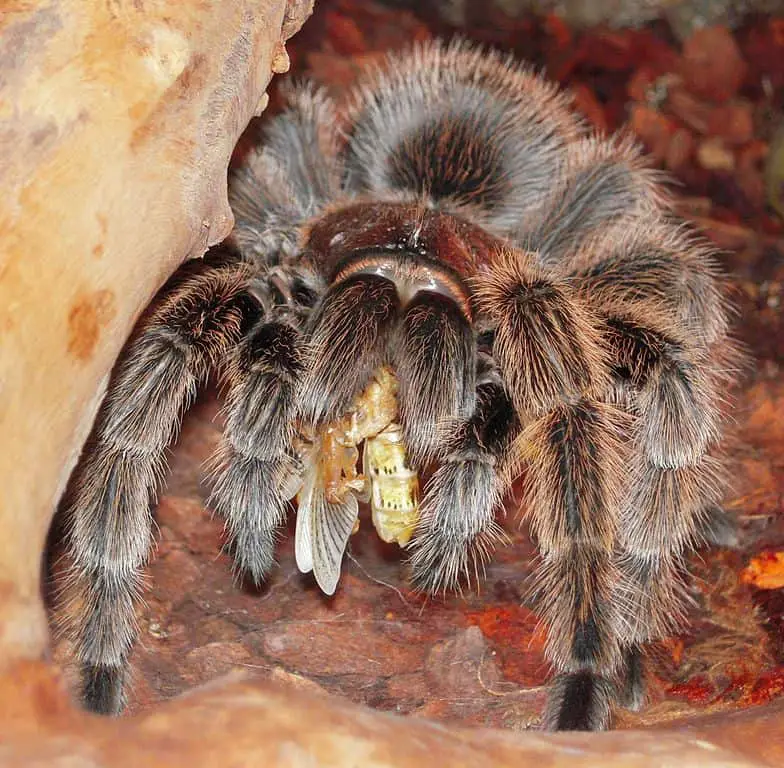
What do tarantulas eat in the wild?
In the wild, tarantulas eat almost anything that’s small enough for them to take down. What they’re capable of taking down depends on what lives in their natural habitat and on their size.
Most species are large enough to take down small rodents, small lizards, and insects. However, there are also certain arboreal species that can even take down birds, even though they do not do this often.
Tarantulas catch these animals by ambush. They wait in their hide or burrow until a prey animal touches the web they’ve spun nearby.
This web acts like a tripwire and lets the spider know that food is nearby. They will then come out, ambush the prey, pierce it with their fangs, and inject the venom.
Feeding tarantulas in captivity
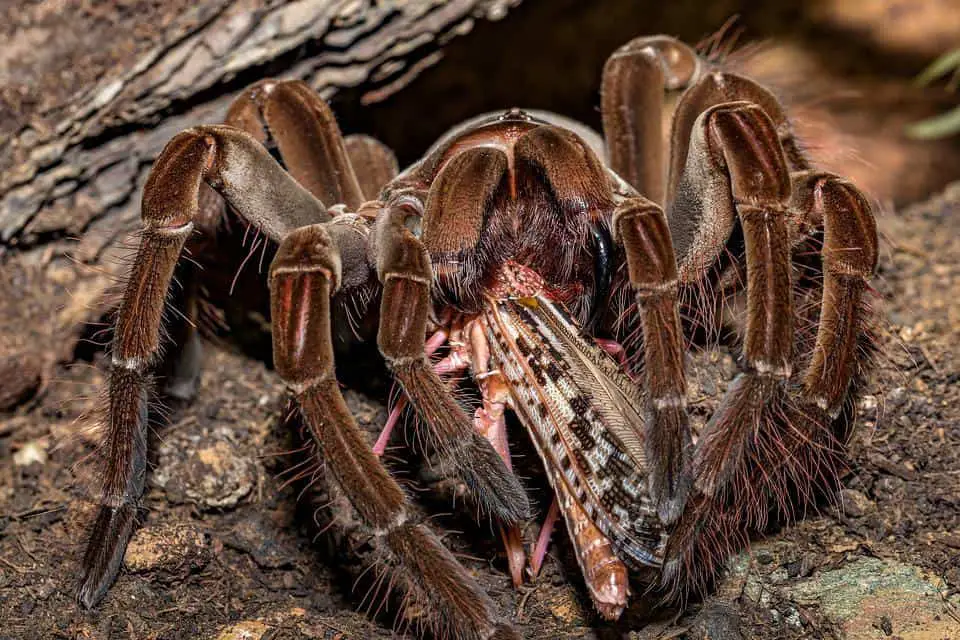
In captivity, we have a lot more control over what we give our spiders. What to feed them and how often to feed them depends for a large part on what stage of their life they’re in.
Slings
Baby tarantulas, also known as slings, should eat flightless fruit flies, cricket legs, or other pre-killed insect body parts. Slings have quite a large appetite for their size, which makes sense because they grow very rapidly.
You can feed the slings as much as they will eat because there is no danger of overfeeding them. Just make sure to remove any uneaten food from their enclosure to prevent rotting, as this might lower their lifespan.
Juveniles
Once they get a bit older and enter the juvenile/preadult stage of their life, they’re ready to move on to eating live prey. They reach this stage in their life when they’re about 1.5″ to 2″ in size.
At this point, they’re far less vulnerable and are capable of eating small crickets that they kill by themselves. Make sure that you do not feed them anything that’s larger than their abdomen.
The amount that they should eat depends on the species and whether they’re a male or a female. Typically, juveniles should eat about once a week.
Adults
Adult tarantulas can eat a wider variety of food. They’re at their most powerful in this stage of their life and can take down almost any of the common insects you offer them.
In addition, most species are also capable of eating small lizards or pinkies, but this is not necessary and many owners choose not to do this.
The reasons why they don’t do this vary. Some simply believe it’s not necessary, while others are worried about the calcium buildup that they can get when eating vertebrates like this.
Whatever the case may be, many owners feed their tarantulas solely insects and they’re thriving perfectly fine.
The amount that adult tarantulas should eat is very dependent on their species and size. Since tarantulas range in size from only a few inches to 11 inches, there is no one-size-fits-all answer to this question and it’s best to refer to each individual species’ care sheet.
Generally speaking though, adults should be fed every 10 to 14 days.
Gut-loading
Some people in the hobby choose to gut-load the insects they feed to their spiders.
Gut-loading basically means feeding the insects very nutritious foods so that they will be transferred to the tarantula when it eats the insect.
Gut-loading is not absolutely necessary, and tarantulas can live perfectly healthy lives on regular insects. However, you can gut-load the feeder insects if you’d like to if you want to give your spider some extra nutrients.
Feeding & Molting
An important thing to know about feeding your tarantula is that they tend to stop eating right before a molt. They do this because it makes it easier for them to get out of their old exoskeleton when they’re a little slimmer.
Additionally, you should refrain from feeding your spider right after a molt. The reason for this is that they need some time for their fangs to harden enough for them to be usable.
Some owners worry that their tarantula will starve, but there’s really no reason to be worried because these animals can go for extremely long periods without food.
Foods tarantulas can and cannot eat
Now that we’ve discussed the basics of tarantula feeding, let’s go into a little more detail about which foods they can eat and which ones should be avoided.
Can tarantulas eat mealworm beetles?
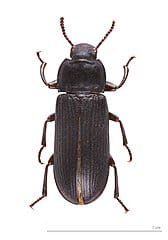
Mealworm beetles, also known as darkling beetles, can be eaten by your tarantula, but they’re not their favorite food and some will ignore them altogether.
These beetles can release a noxious cloud that can irritate your eight-legged friend, which will make them not want to engage with them.
If you do plan on attempting to feed this insect to your tarantula, make sure that you do not do so during a molt because then the beetle could actually pose quite a big threat to the spider.
Can tarantulas eat mice?
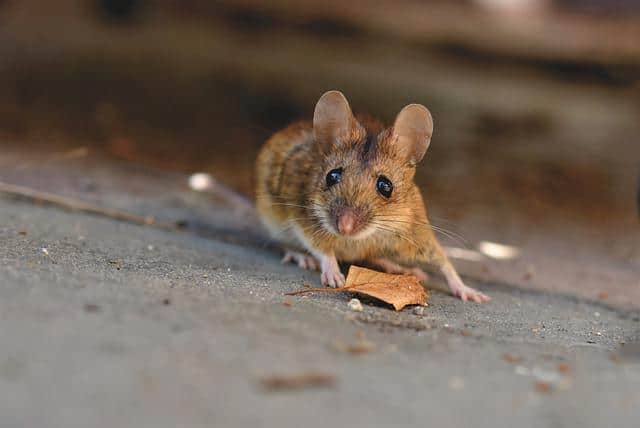
Adult tarantulas are capable of taking down mice as long as it’s smaller than them. This means that larger species can eat them, but smaller species cannot.
However, it’s not really necessary for any species to eat them as they can live a perfectly fine life on just insects.
If you do want to feed mice to your tarantula, do not feed them a live animal. Not only is it cruel to feed a smart animal like a mouse to your tarantula, but it can also pose a threat to the spider itself. The mouse will not go down without a fight, and their bites can do serious damage.
Instead, if you insist on feeding them mice, give them a humanely dispatched mouse that’s already dead.
Can tarantulas eat hornworms?
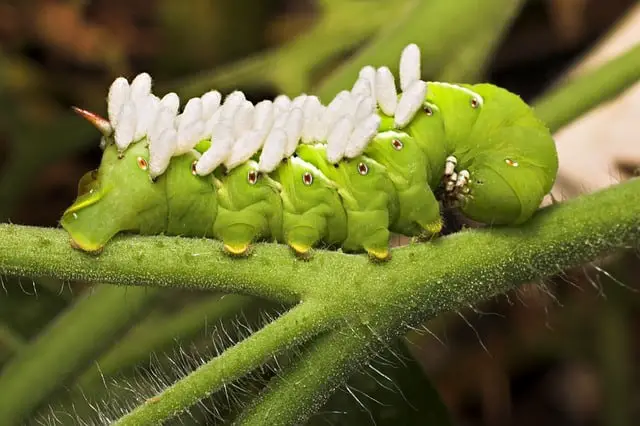
Tarantulas can definitely eat hornworms and they’re often very well received. They’re great as feeder insects because they’re soft, moist, and very nutritious.
However, you should only feed them captive-bred hornworms. If you feed them wild-caught insects it can give your tarantula parasites.
Can tarantulas eat mealworms?
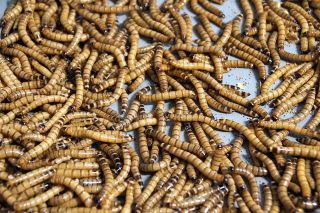
Yes, tarantulas can eat mealworms and they’re a staple for many hobbyists. They’re a great source of vitamins, minerals, protein, and fat.
However, one mistake that some owners make is that they overfeed their spiders on them. They’re good for your tarantula, but only as a part of a balanced diet that also contains other insects.
As with other insects, give them only captive-bred mealworms to avoid parasites.
Can tarantulas eat superworms?
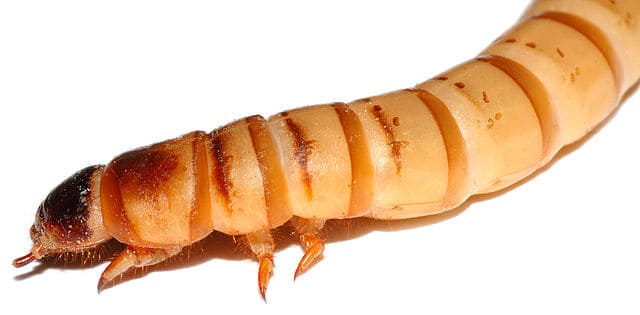
Tarantulas can indeed eat superworms, but not too often. Like mealworms, they’re a decent source of important nutrients. However, they’re also quite a bit larger, at a size of up to 2 inches.
Their large size makes them unsuitable for some smaller tarantula species.
Can tarantulas eat cockroaches?
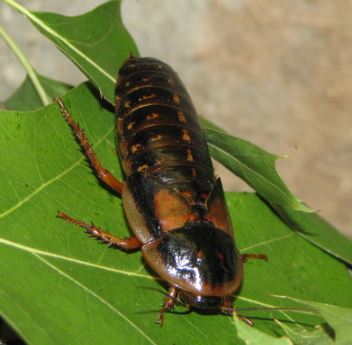
Yes, tarantulas can definitely eat cockroaches. The most popular cockroaches that owners feed to their spiders are b. Dubia roaches which are also known as orange-spotted roaches.
Other cockroach species that are safe to feed include Turkestan, and Madagascar hissing roaches.
Can tarantulas eat grasshoppers?

Grasshoppers are some of the most protein-rich insects in the world, which makes them very suitable feeder insects for tarantulas.
However, you should not go out and catch the grasshoppers yourself. Only feed them captive-bred specimens to avoid parasites.
Can tarantulas eat wax worms?
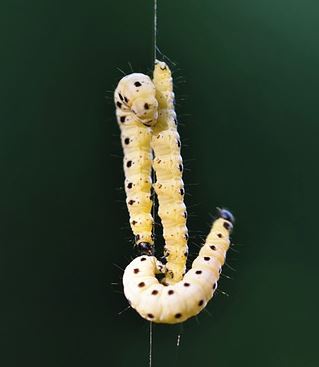
Wax worms are the larvae of moths and tarantulas absolutely love eating them. They tear them apart and they’re considered a delicacy in the spider world.
So, yes, tarantulas can indeed eat wax worms and they’re actually a great source of fat for them. However, they’re quite lacking in protein and vitamins, and minerals. As a result, they should only be given occasionally.
Can tarantulas eat earthworms and nightcrawlers?

Tarantulas can eat earthworms and nightcrawlers, but they shouldn’t eat them exclusively. Feeding them an earthworm as a treat from time to time is not bad for them, but the majority of their diet should consist of higher quality feed like crickets or dubia roaches.
Are tarantulas carnivores?
Yes, tarantulas are strict carnivores that only eat meat from insects and sometimes other animals. They cannot digest any plant-based foods so do not try to feed your spider fruits or vegetables. They simply do not register that as food and will simply ignore it.
How do tarantulas eat?
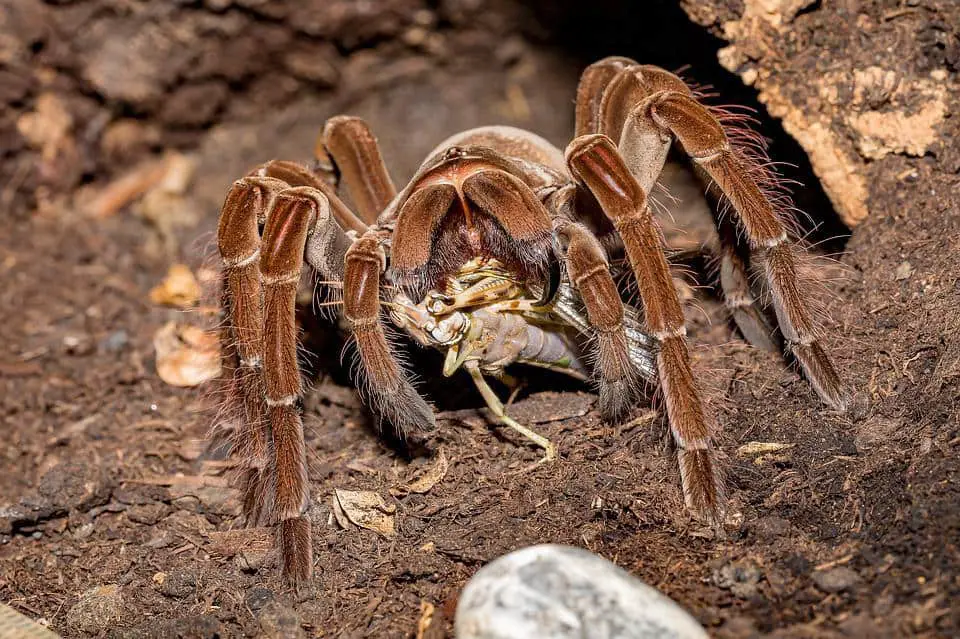
Tarantulas eat by liquefying their prey with their venom. This turns the insides of their prey into a sort of soup. They then use their sucking stomach to suck up this soup.
Do tarantulas have predators?
Yes, in the wild tarantulas do indeed have predators. They’re not apex predators and are predated by several different animals. Their predators depend on where they live, but they’re typically birds, lizards, foxes, coyotes, and sometimes even humans!
To defend themselves from these threats, New World species use their urticating hairs which are hairs that they can “throw” that are irritating to whoever is threatening them. Old World species do not have these hairs, so they rely on their venom and high speed for defense.
This is also part of the reason why they’re nocturnal. They hide away during the day in their burrows to avoid predators while being active at night to catch their prey.
Final words
Tarantulas are strict carnivores that eat a large variety of insects, lizards, and small mammals in the wild. In captivity, however, they thrive if you feed them a variety of insects.
The majority of their food intake should come from dubia roaches and crickets, but the occasional worm from time to time is definitely not a bad thing for them.
It’s also important to remember that slings should not eat live prey and that you halt the feeding after a molt to prevent injury to your eight-legged companion.
- How Long Do American Eskimo Dogs Live? Important Factors and Care Tips - September 29, 2023
- Do American Bulldogs Need Grooming? Essential Tips and Care Guidelines - September 29, 2023
- Do Bengal Cats Enjoy Playing? Essential Tips for Keeping Them Active - September 29, 2023